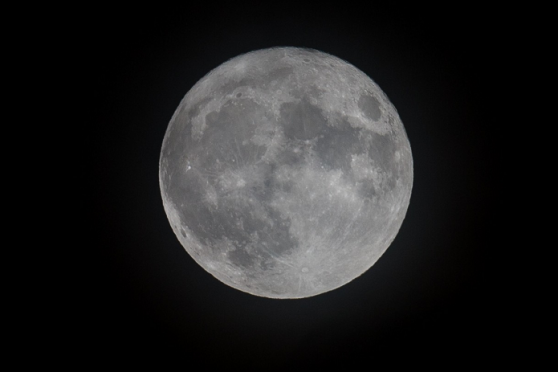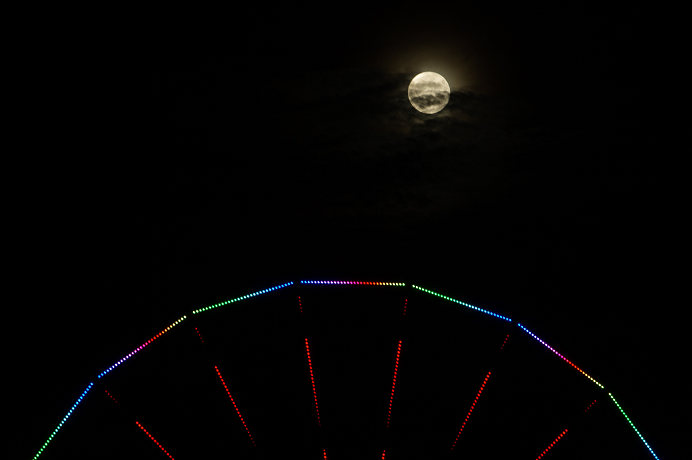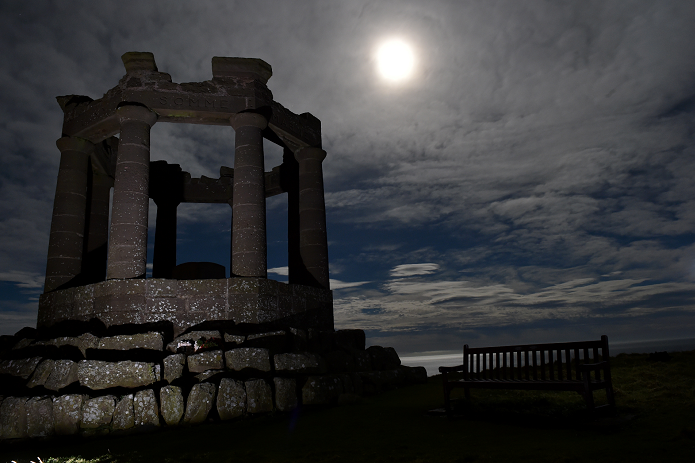The supermoon shone bright over the north-east last night, delighting skywatchers who had been warned of overcast conditions.
The event, described as “undeniably beautiful” by American space agency Nasa, is the result of the moon coming closer to Earth than it has done for 69 years.
At 11.23am UK time on Monday, the gap between the Earth and the moon closed to its shortest point, known as “perigee” – a distance of 221,525 miles (356,510 km).
Aberdeenshire and north-eastern parts of Wales had the clearest conditions for an unobstructed view, Simon Partridge of the Met Office said.
He added: “There is a fair bit of cloud around. The moon might be 30% brighter but I don’t think it is bright enough to get through all that cloud.”
There is hope for those who missed the moon on Monday, with clearer skies forecast for areas north of the M4 on Tuesday.
Dr Marek Kukula, public astronomer at the Royal Observatory Greenwich, said: “It’s been a cloudy night for most of the UK and even a supermoon can’t get through thick clouds.
“Tuesday’s moon will be almost as large and bright as Monday’s, so we still have a chance to enjoy the sight if the weather obliges.”
The moon’s proximity to the horizon caused an optical illusion known as the “low-hanging moon” effect, where it can be measured against familiar objects such as trees and houses.
Monday’s event was billed as the biggest and best in a series of three supermoons. The first was on October 16 and the third is due on December 14.
Affelia Wibisono, an astronomer who presents planetarium shows at the Royal Observatory, said the phenomenon could help kindle an interest in astronomy.
“I’ve been teaching school children all morning, and every single one of them was asking me about the supermoon,” she said. “It really has sparked an interest.”


